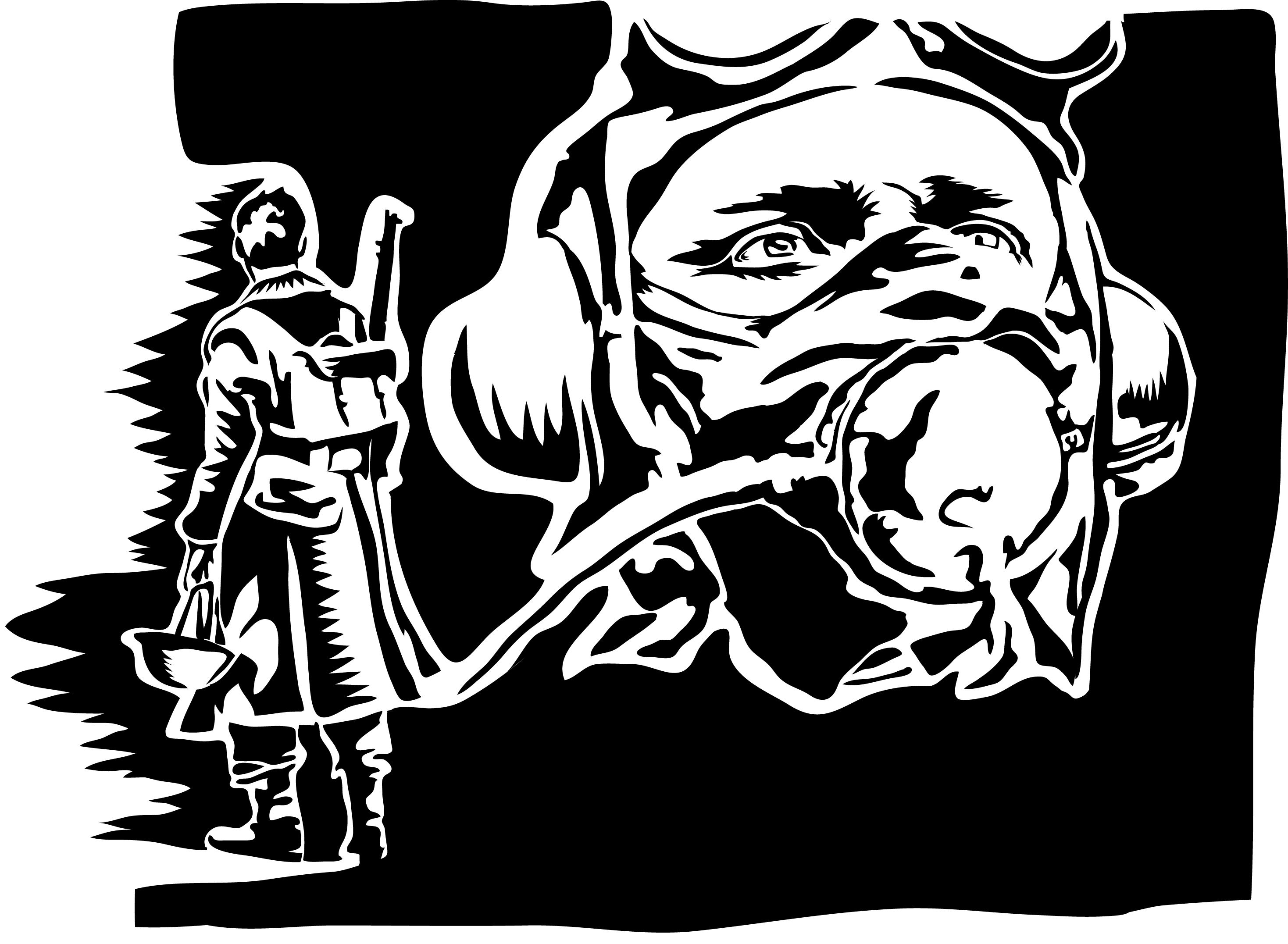Written by Preston Sharkey
Staff Writer
Illustration by Ashton Carless
Design Editor
Christopher Nolan’s Dunkirk gives viewers a more unique and immersive glimpse into the story of the Battle of Dunkirk in 1940 than any historical movie to date. The director combines his signature non-linear storytelling with tense near-death scenes to create a thrilling war movie.
The film is based on the evacuation of allied troops from the French coastal city of Dunkirk in World War II. The movie is suspenseful and has viewers watching nervously from the opening scene. Between bombings, bullets, and sinking ships, survival seems doubtful to the soldiers. Many near-deaths (and deaths) keep the audience feeling tense and engaged throughout the movie.
Known for his critically acclaimed movies Inception, The Dark Knight, and Interstellar, Nolan set high expectations for his latest movie. Much like his previous films, Dunkirk consists of three separate timelines that eventually end as one. The three time frames, playing out on land, sea, and air respectively, each portray a unique story and could almost be movies on their own
The story that unfolds on land, called “the mole” in the movie, is the longest timeline as it spans a week throughout the film. From the start, viewers are on the edge of the seat as they watch Tommy, a British soldier (Fionn Whitehead), try to escape the advancing German army. Along with Whitehead, Aneurin Barnard and the famed popstar Harry Styles play the featured soldiers on land. Of the three timelines, “the mole” is the most predominant.
The story at sea follows an English family and their day-long journey to Dunkirk in order to rescue soldiers. A dad (Mark Rylance), is joined by his son (Tom Glynn Carney) and their deckhand (Barry Keoghan) on an daring boat ride into the battlezone of Dunkirk.
In the air, the focus is on two British pilots played by Tom Hardy and Jack Lowden. The air fighting only covers one hour within the film’s timeline. The aerial dogfights between the English and German planes are some of the most exciting and visually impressive scenes. Between the action shots of the fighting airplanes and closeups of suffering soldiers, the excellent cinematography is one of the highlights of the movie. Seeing Dunkirk in IMAX is a must: the large screen images combined with fantastic surround sound create an immersive entertainment experience that transforms the theater into a battleground.
Due to the non-traditional timeline, there is a lack of character development that seriously wounds the film. There is not a strong connection between the audience and the characters, with the exception of Mark Rylance who shined in his role as a brave father. His character possessed a powerful stoic attitude, as he acted calm and collected amongst the chaotic fighting.
Hans Zimmer composes a film score in Dunkirk that adds to the anxiety of the film. Similar to his work in Nolan’s Inception, and The Dark Knight, Zimmer’s score induces extreme tension during certain scenes of the movie. However, the suspenseful soundtrack was at times a little too much to handle, as it could become overly intense.
Dunkirk depicts the harsh realities of war as a non-stop struggle for survival. Though it did not quite live up to the lofty expectations set by Inception, Dunkirk was still exciting and visually stunning in IMAX. Even with its slight lack of emotional connection, Dunkirk is well worth the price of a movie ticket.



